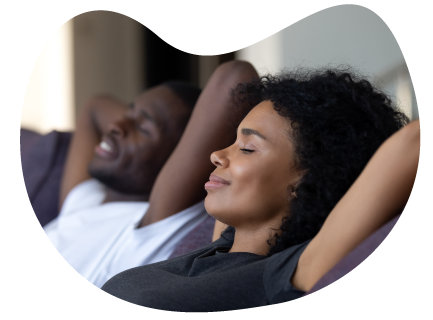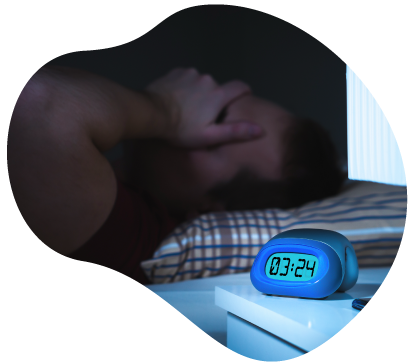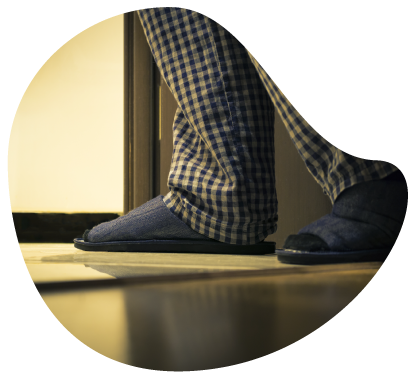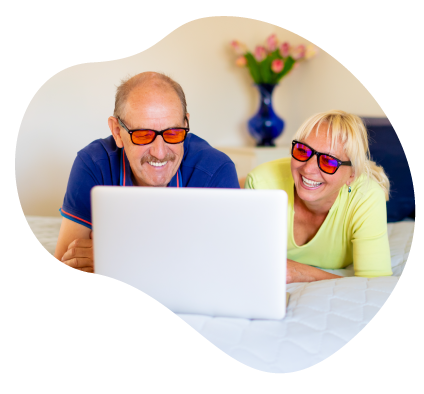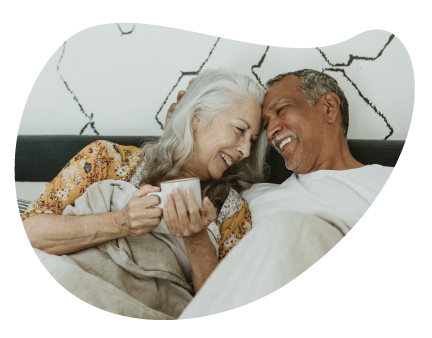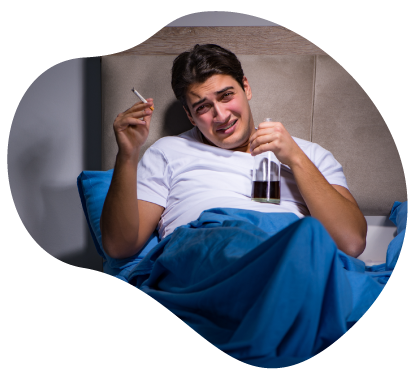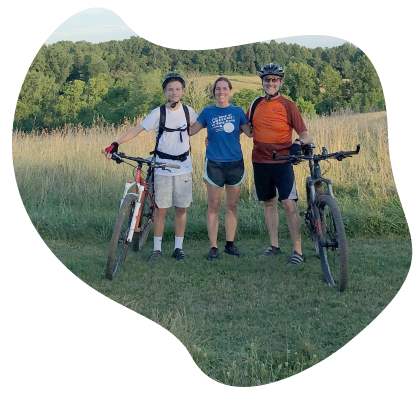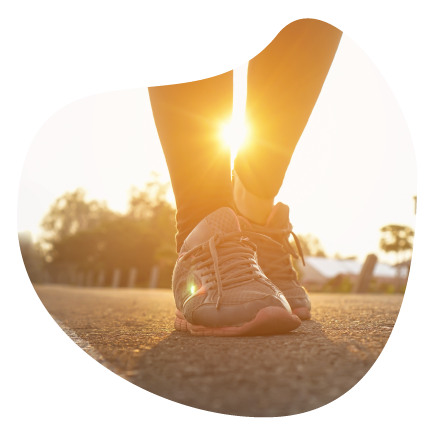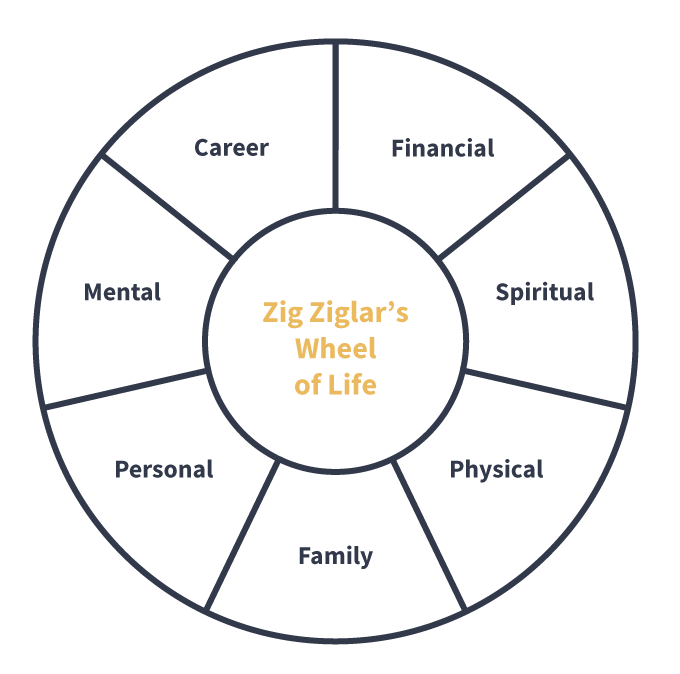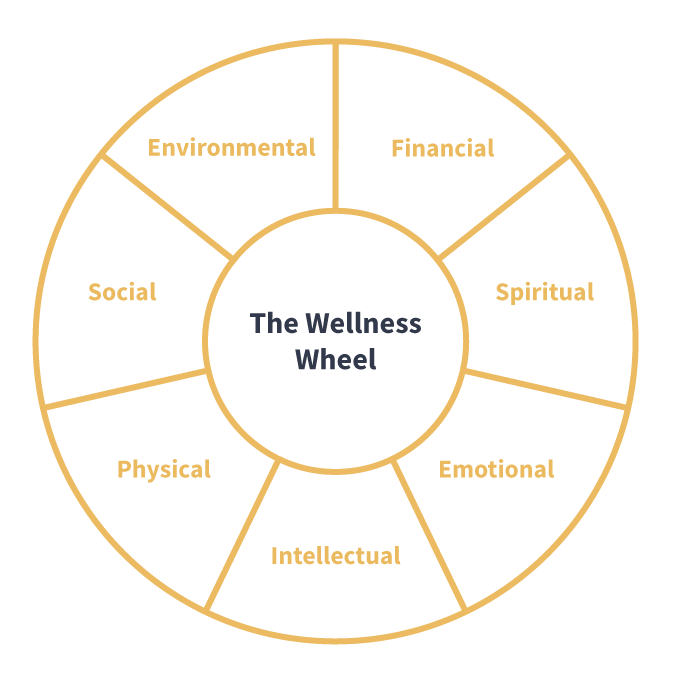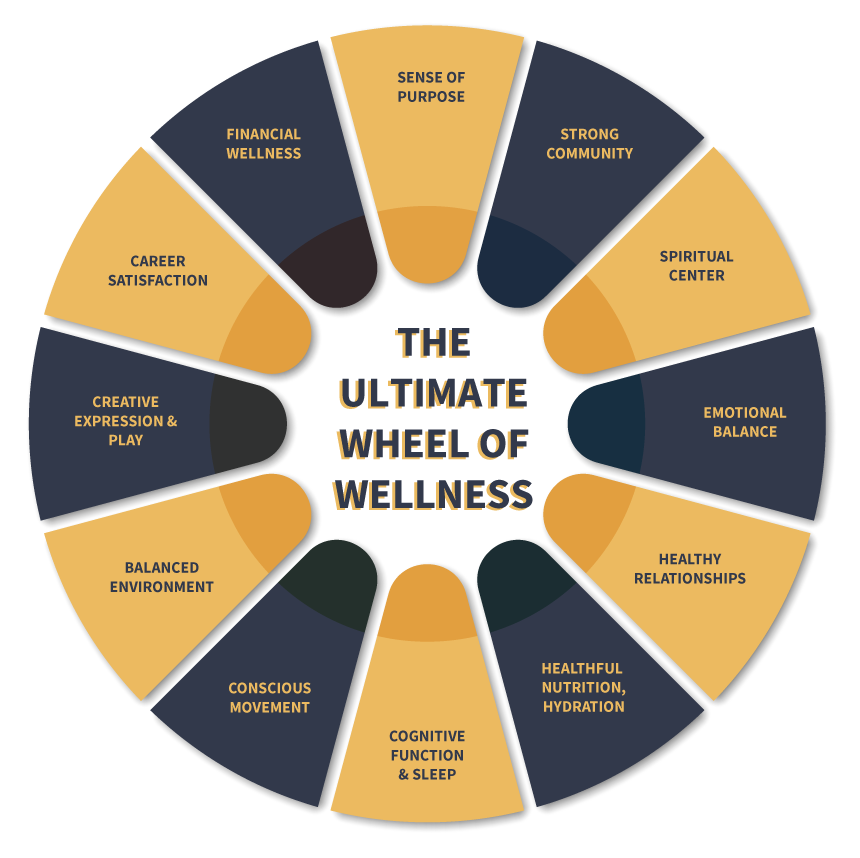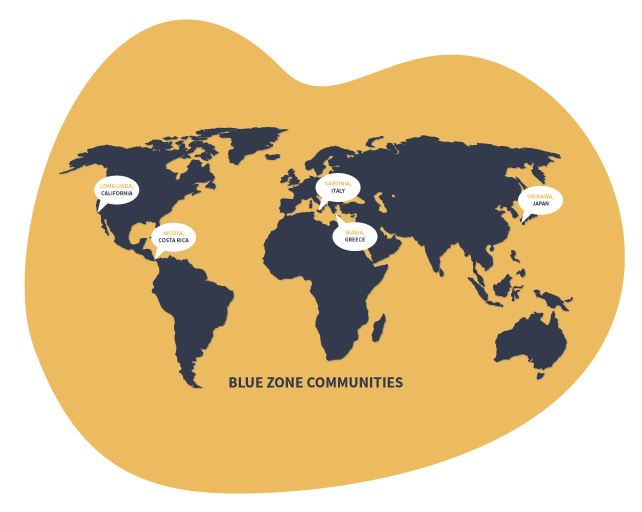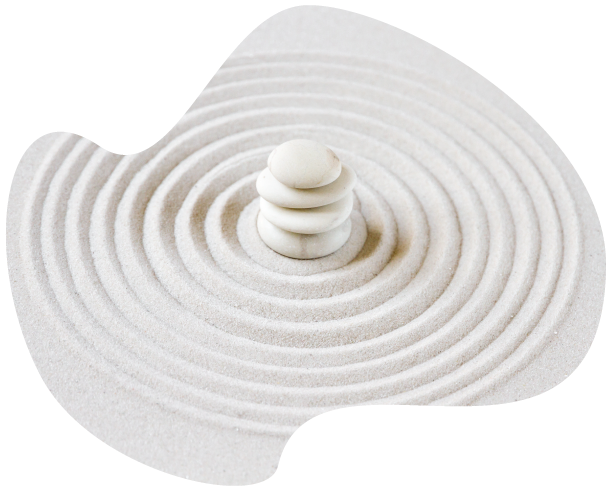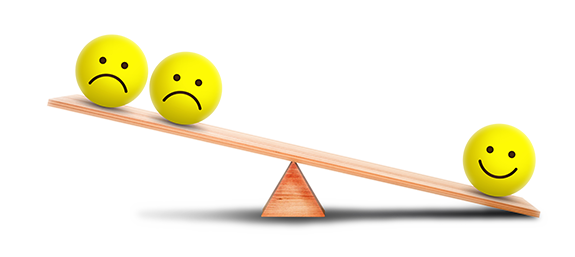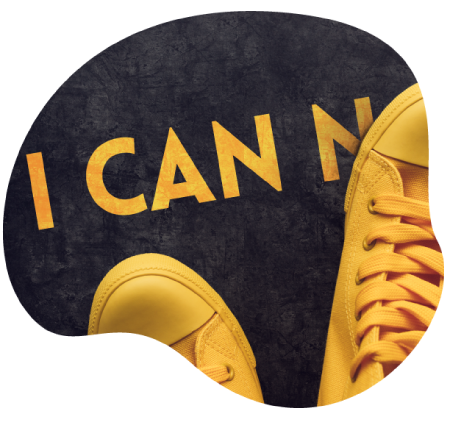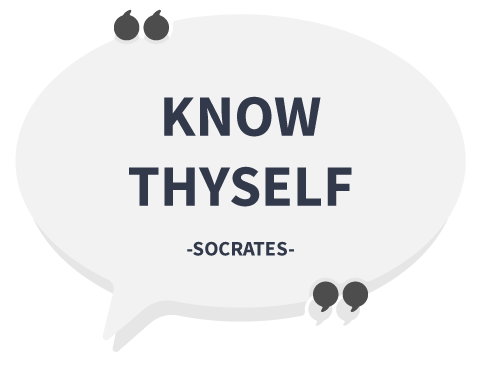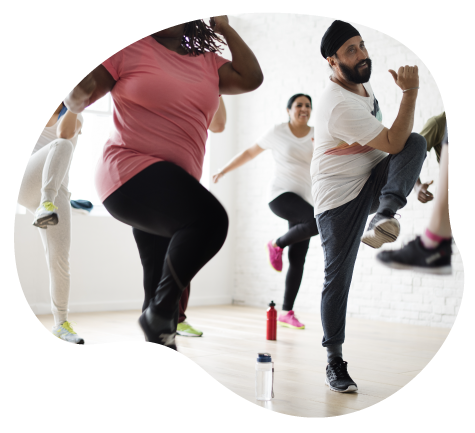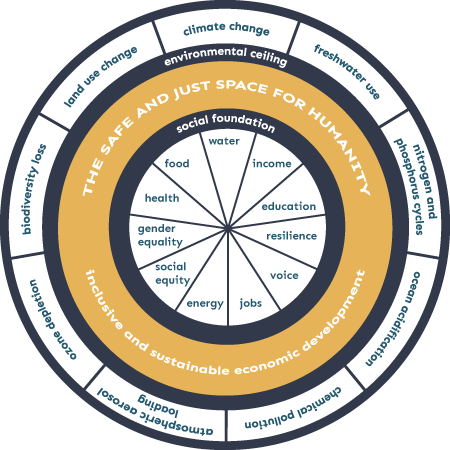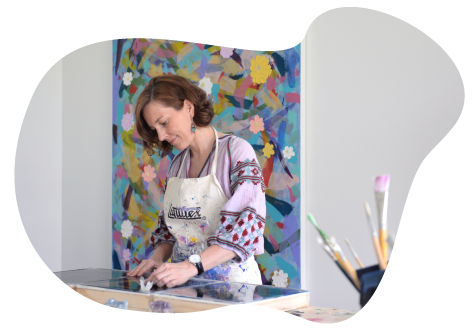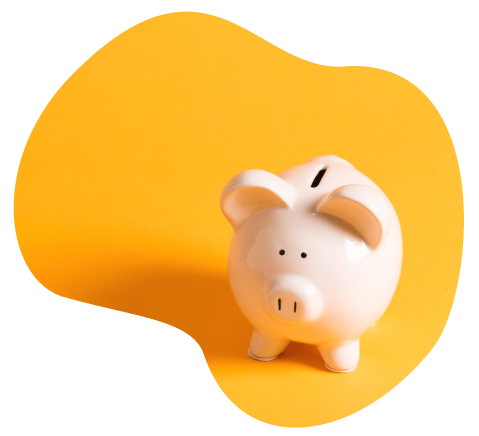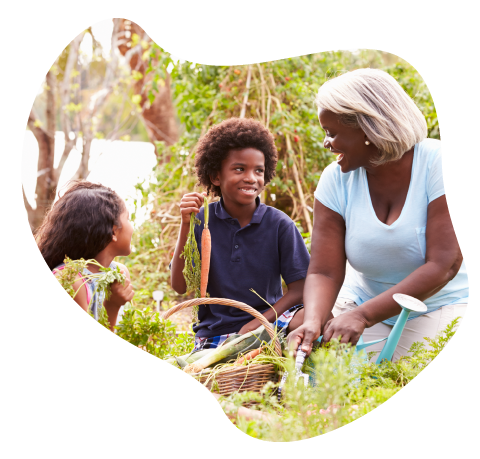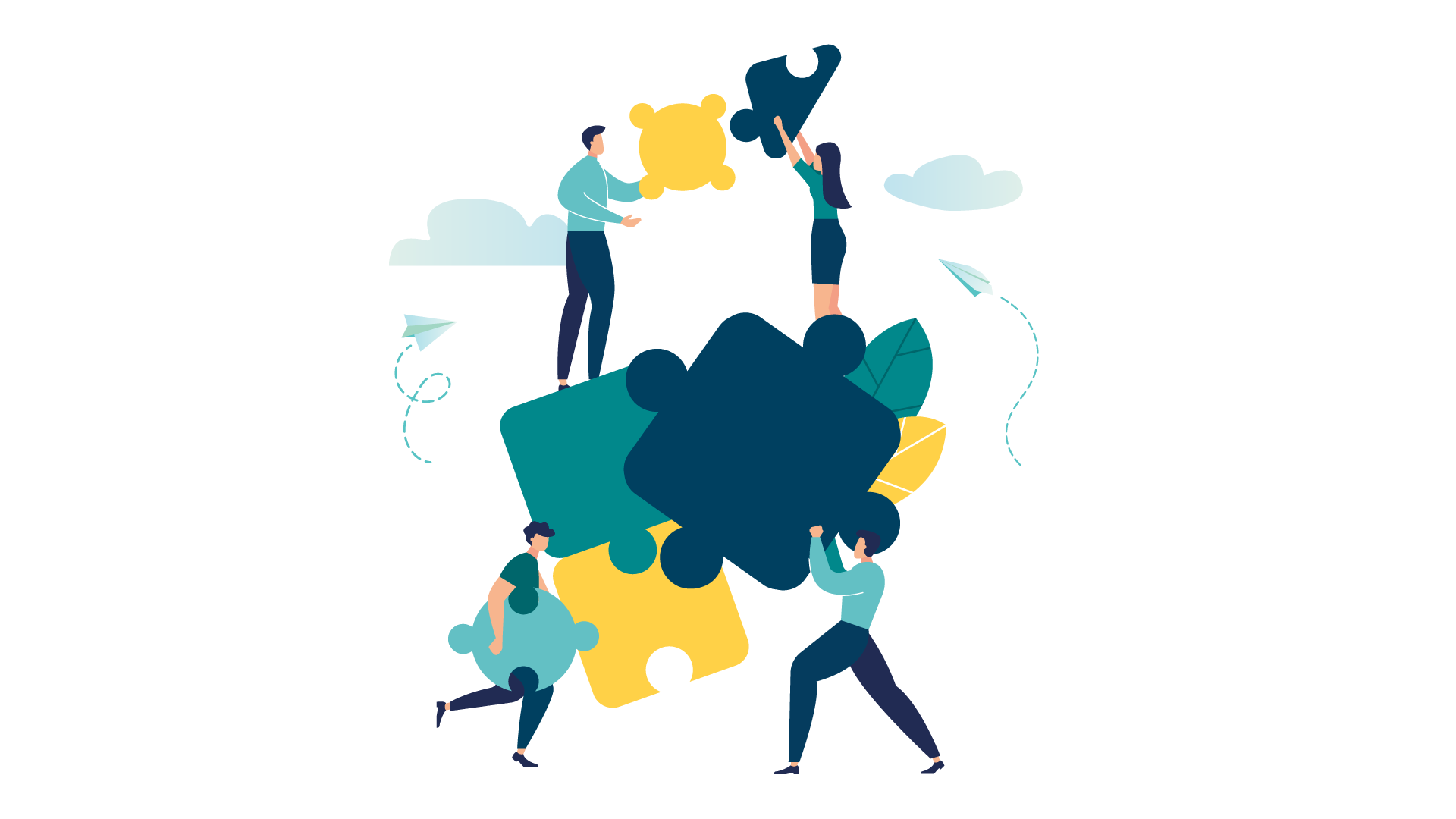Elon Musk famously said, “Empathy is not an asset”.
Musk learned this from the video game Polytopia, which he played with his brother, coworkers, and partners. He made a list of life lessons from the game, which he calls Polytopia Life Lessons.
Musk’s indifference to empathy is not isolated when you look at notoriously ruthless business leaders such as Jeff Bezos, Bill Gates, and Steve Jobs. They have all had difficulties with interpersonal dynamics and yet been incredibly successful by the mainstream’s definition of success.

The Art of Mindful Communication: How it Transformed My Leadership Style
The Art of Mindful Communication: How it Transformed My Leadership Style


Grant Ian Gamble is a best-selling mindful leadership author and speaker. He has over 30 years of experience in leading teams to create innovative customer experiences, building engaged workforces, and developing leaders who prioritize mindfulness in their approach.
57% of team members report not being given clear directions and 69% of managers are not comfortable communicating with their team members in general. This underscores the need for better communication in the workplace.
Even though it’s been several decades, I’ll never forget the first time I truly recognized and leveraged mindful communication. It was mid-week and the office was humming with people engrossed in their work. I was sitting in my office, going through a seemingly never ending stream of emails.
My focus was interrupted by a knock on the door, and in walked Sarah, one of my team leads. Her face was etched with frustration, and her usual spark seemed to be missing.
She was struggling with a challenging customer who was unhappy with how we had handled a situation, and this was not the first time she had had this feedback. It was taking a toll on her.
Before my journey into mindful communication, I would have probably advised her to stay professional, do her best to fix the issue, and move on. But that day, I chose a different approach. I took a deep breath, cleared my mind of distractions, and focused my entire attention on Sarah. I listened – really listened – to her concerns, her stress, and her frustrations. And instead of jumping in with solutions, I asked her how she thought we could improve the situation.
This simple act of mindful communication – of being fully present and genuinely listening – created a more powerful dialogue between us. Together, we came up with a plan not only to handle the disgruntled customer but also to prevent similar situations in the future. The change in Sarah was immediate; the lines of stress eased, replaced by determination and renewed energy.
I began to implement mindful communication in all my interactions. I noticed that when I removed distractions and made a conscious effort to be fully present and listen, people responded positively. They felt heard, valued, and were more open to give and receive feedback. This had a profound impact on both team member engagement and customer satisfaction.
Among the many thousands of mindful communications that ensued, I remember another interaction that stood out. A long-standing corporate customer had reached out to say that they were seriously considering taking their business elsewhere. I scheduled a call with them and approached it mindfully. I actively listened to their frustrations, restated their concerns, acknowledged their dissatisfaction, and demonstrated a genuine commitment to resolving the underlying issues that were making them consider taking their business elsewhere.
This mindful approach turned the conversation around, and not only did we retain the business, but our relationship became significantly stronger as a result of this exchange.
Embracing mindful communication transformed my leadership style. It made me more approachable, improved my relationships with my team and our members and customers, and led to more effective and positive outcomes.
If you’re looking to improve your leadership communication style, here are some actionable steps:
1. Be Fully Present: When interacting with your team, members or customers, clear your mind of distractions and focus entirely on the person and the conversation.
2. Listen Actively: Instead of forming your response, while they talk, truly listen to what the other person is saying. Understand their perspective and emotions.
3. Show Empathy: Acknowledge the feelings and concerns of the other person. Empathy can build strong, trust-based relationships.
4. Ask Open-Ended Questions: Encourage dialogue by asking questions that require more than a yes or no answer. It shows your interest and can lead to deeper understanding.
5. Respond Mindfully: Consider your words carefully. Make sure they are honest, helpful, and respectful.
56% of team members believe that they would perform better if their bosses communicated more clearly. This highlights the role that communication plays in team member performance.
This commitment to mindful communications was a part of the inspiration for the development of Affinity OS. This powerful AI-driven platform is first and foremost a communication platform that allows you to fruitfully engage with your team, and for your team to consciously engage with your members/customers.
Incorporating mindful communication into your leadership approach can take time and practice, but the results are worth it. It has the potential to transform not just you as a leader, but your entire organization.
Companies with leaders who possess effective communication skills produce a 47% higher return to shareholders over a five-year period. This statistic illustrates the financial benefits of effective leadership communication.
AFFINITY Podcast Episode 5 | Unlocking Leadership Excellence: The Essential Guide to Mastering Communication and Inspiring Your Team

Put PEOPLE FIRST, ALWAYS and watch your business flourish.
Dive deep into the latest trends in customer experience and team engagement, mindful leadership and management. Discover practical tools and strategies that you can use to build a people-centric culture, the foundation for sustainable long-term business growth and success.
Led by mindful leadership expert, Grant Ian Gamble, a best-selling author and true visionary with over 30 years of experience in leading teams to create innovative customer experiences, building engaged, inspired and fulfilled workforces, and developing leaders who prioritize genuine connection in their approach.
The guiding principle behind all of Grant’s work is PEOPLE FIRST, ALWAYS.
More Articles:
Is Elon Musk Wrong?
Embrace Workplace Wellbeing: Navigate Stress, Anxiety, Overwhelm and Burnout with AFFINITY OS’s™ NEW Psychosocial Risk (PSR) Management Tool
A state of stress, anxiety, overwhelm and burnout feels almost endemic these days. I hear it from friends, family members, work mates and peers. The pressures seem to come from all directions—work, media, global events, and personal life demands. Everywhere you turn, there’s more information, more conflict, more polarization, more uncertainty and it feels as if it’s escalating, relentlessly. This growing sense of overwhelm isn’t just affecting individuals; it’s affecting entire organizations, from the mental wellbeing of team members and tenure to overall workplace productivity.
Why Sales May Seem Easier Than Retention in the Fitness Industry
In the fitness industry, sales often grab the spotlight due to their immediate results and clear metrics, like quick sign-ups and instant revenue boosts. However, as industry leaders, it’s crucial to understand why retention might seem less controllable but is equally vital for sustainable success.
Fill out the form below and receive a PDF download of "6 Key Strategies to Engage Untapped Fitness and Wellness Market Segments"
Let's Connect!
CUSTOMER EXPERIENCE, TEAM ENGAGEMENT & WORKPLACE WELL-BEING: AFFINITY OS™ | WELLNESS INTEGRATION | MINDFUL LEADERSHIP: "THE AFFINITY PRINCIPLE"
0475 866 592

The Affinity Principle™ by Grant Gamble presents a formula for business success through a people-centric, mindful leadership approach.
PEOPLE FIRST, ALWAYS.





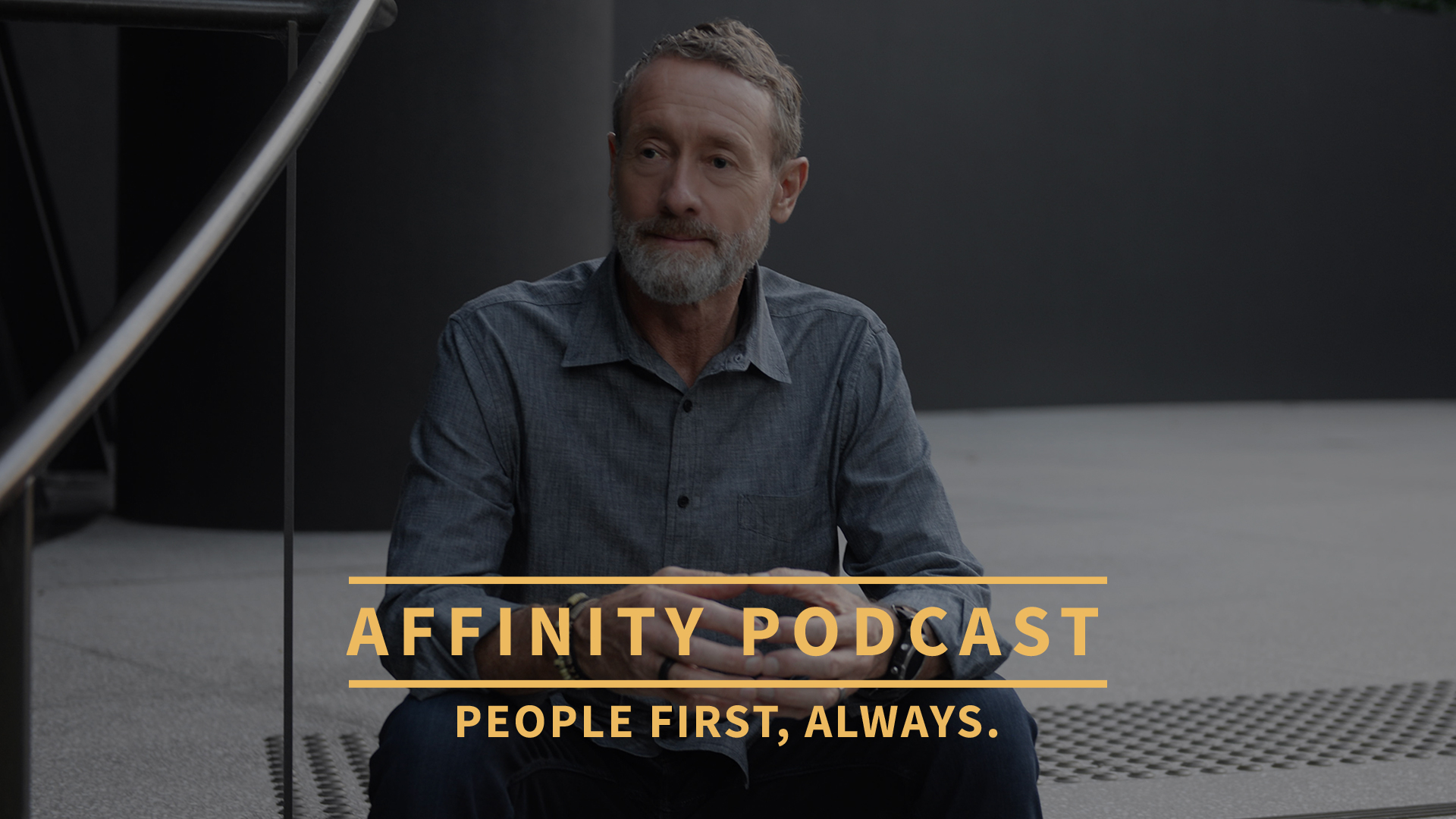
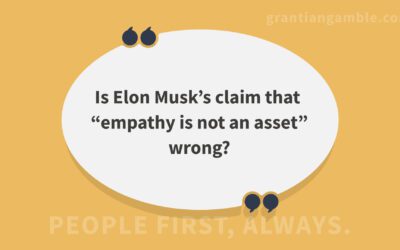

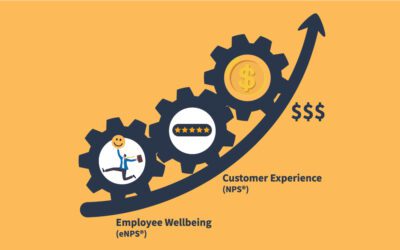

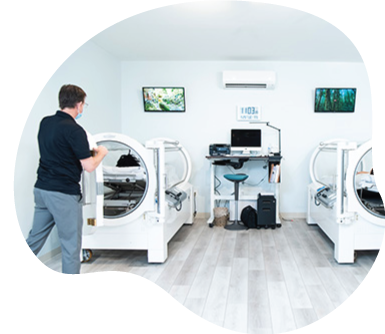
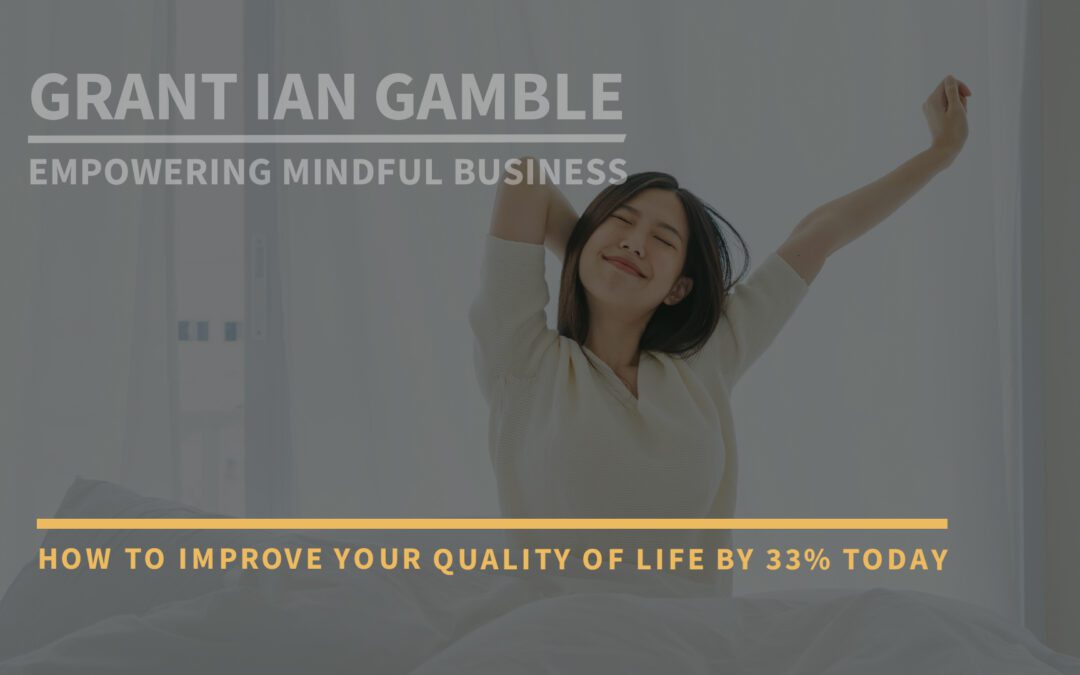
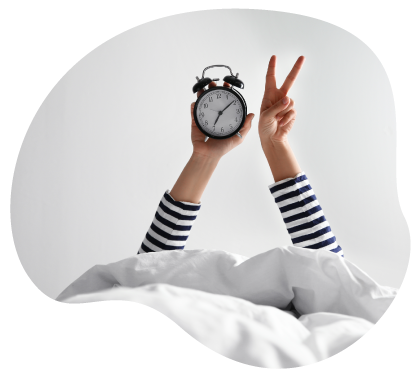
 Grant Ian Gamble is an international business strategy and growth consultant, best-selling mindful leadership author, speaker and wellness expert. He works in a broad array of industries helping companies build teams, navigate change and drive growth. He has over 35 years of experience in the health and wellness sectors.
Grant Ian Gamble is an international business strategy and growth consultant, best-selling mindful leadership author, speaker and wellness expert. He works in a broad array of industries helping companies build teams, navigate change and drive growth. He has over 35 years of experience in the health and wellness sectors.